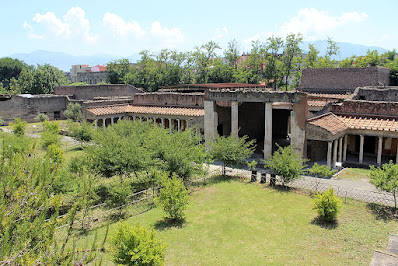A number of places in the ancient world were referred to in the previous post. Here is a little more information about some of them; these are very short summaries but I have included links if you would like to know more about these places and / or the events associated with them.
[i] Roman Britain
[1] Londinium, capital of Britannia during most of
the period of Roman rule, was a settlement on the current site of the City of
London c. AD 47–50 and sat at a key crossing point over the River Thames
turning the city into a road nexus and major port which served as a chief
commercial centre until its abandonment during the 5th century.
https://en.wikipedia.org/wiki/Londinium
[2] Eborācum was a fort and later a city in the Roman
province of Britannia. It was the largest town in northern Britain and a
provincial capital. After the decline of the Western Roman Empire it developed
into the present-day city York.
https://en.wikipedia.org/wiki/Eboracum
[ii] disaster
[3] The dark shadow in the image shows extent of the
destruction inflicted by Mt Vesuvius upon its eruption in AD79. Although Pompeiī
is by far the largest and most famous location, other coastal resorts were
destroyed including Herculāneum,
Stabiae and Oplontis.
[4] Mīsēnum was a major port on the Bay of Naples, and in AD79 – at the time of the eruption of Mt Vesuvius - Pliny the Elder was in charge of the naval fleet there. His nephew, Pliny the Younger, also at Misenum, gave us the only surviving account of the catastrophe during which his uncle was killed.
[5] 16km from Mt Vesuvius, and about 4.5km to the southwest of Pompeii, the resort of Stabiae was buried under ash to a height of up to 5m. Near the city on a 50m high headland above the Bay of Naples is the largest group of well-preserved, huge and high-class Roman villas found from the entire Roman world.
https://en.wikipedia.org/wiki/Pompeii
https://en.wikipedia.org/wiki/Herculaneum








No comments:
Post a Comment